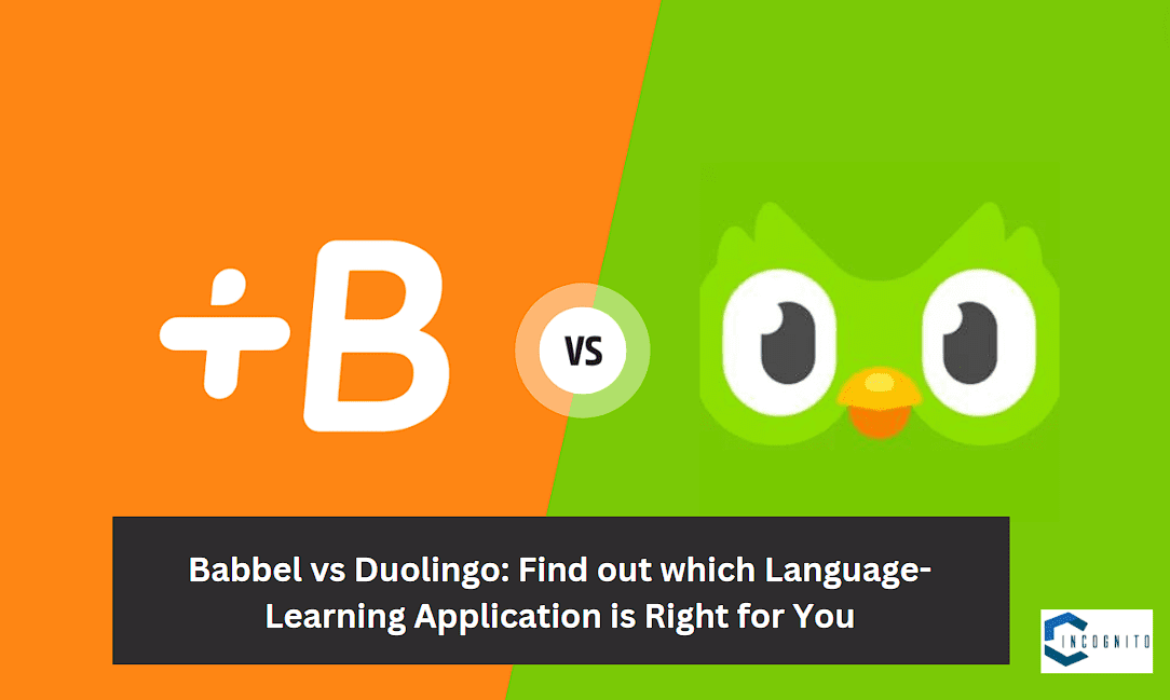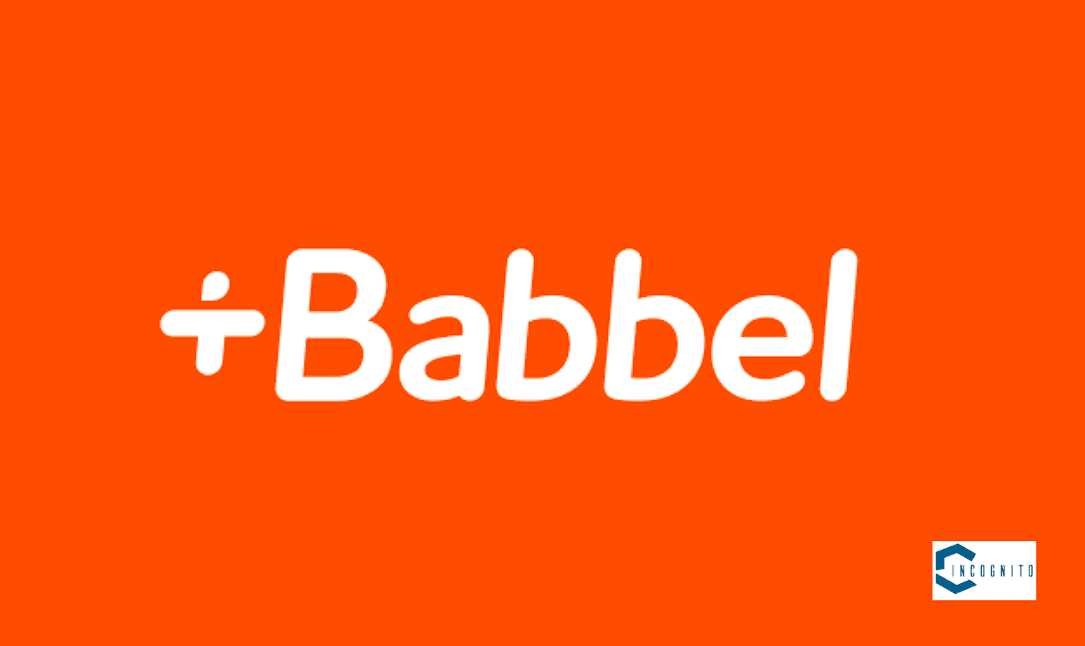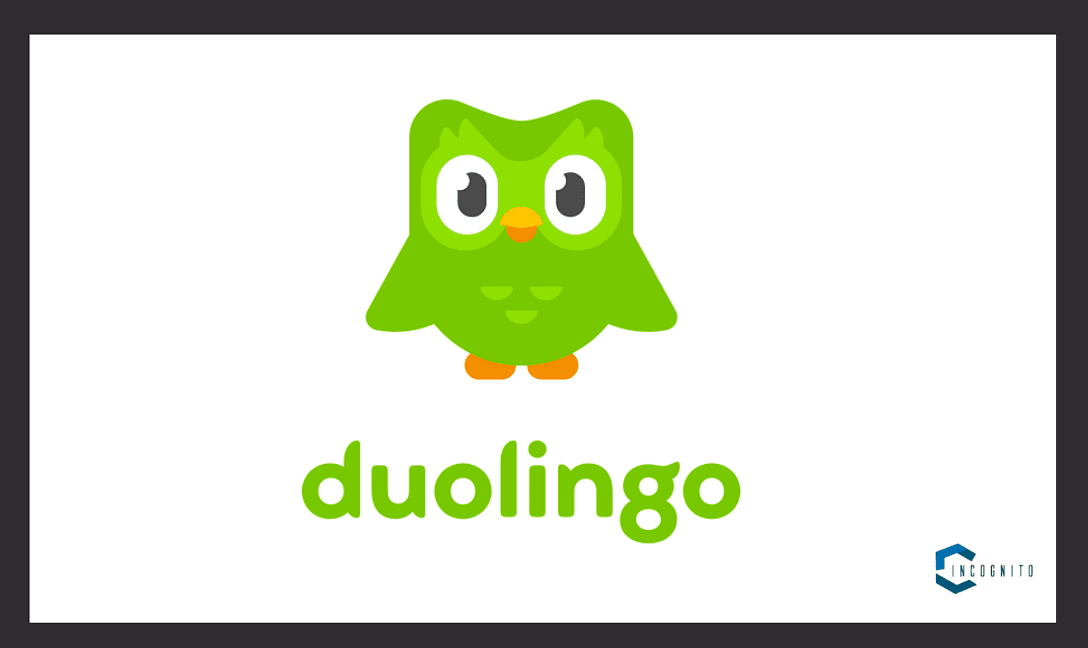
The most recent popular language-learning applications are Babbel and Duolingo; each appeal to a different kind of learner for different reasons and provides a number of unique features.
The Babbel vs Duolingo language fight seems to escalate with each passing day. Therefore, to calm down the heated-situation, we are comparing both platforms with regard to teaching methodologies, language offerings, user experience, and above all, price structure.
This way, you can decide for yourself which language application is the right choice for you.
Keep reading, keep learning!
Babbel vs Duolingo: The Overview
The general overview of both popular language applications is given below.

Babbel
Babbel:
Babbel is a subscription-based language-learning platform for structured lessons in comprehensive language teaching. It targets the more serious learners who strive to obtain a new language in a very traditional manner.
Babbel designs the course with the help of linguistic experts. This way it covers almost every aspect of grammar, vocabulary, and pronunciation.

Duolingo
Duolingo:
Duolingo offers a free service that makes the experience of learning fun and easy. Great for casual learners, it lets them have a little taste of several languages without making big investment. Some of the many uses through which Duolingo keeps its users engaged and the learning fun include interactive exercises: matching words with images, sentence completion, and more.
Also read: How Unbabe is transforming the Language Services Industry
Teaching Methodologies
The teaching methodology of both the language applications is different. They are as follows:
Babbel’s Approach:
Babbel’s lessons are structured that are loaded with comprehensive details. Each lesson is generally designed for about 10 to 15 minutes duration. It deals with very realistic and functional aspects of the language that one is able to apply in everyday life. Grammar explanation and contextual learning provided on the site makes a great experience towards gaining better insights into the language.
- Grammar Integration: Babbel integrates grammar into its lessons in a very gentle manner, where explanations are clear and supported by enough examples. In this way, learners pick up the rules of the language as they study.
- Conversational Focus: Babbel is conversational in approach. It does provide dialogues and activities which are simulations of conversations from everyday life. Thus, it a good practical experience for learners when engaging in real-life situations using their target language.
Duolingo’s Approach:
Duolingo, however, is way more casual and game-like in appeal to a wider audience. It teaches vocabulary and basic grammatical concepts through various exercises but does not explain the mechanics in-depth, like Babbel would.
- Gamification: Duolingo incorporates points, streaks, and rewards to encourage the learners. This type of teaching makes the learning more of a fun and less of a burden. This also appeals those learners who enjoy game-like interactivities during the learning process.
- Limited Grammar Instruction: While grammar concepts might be introduced through Duolingo, it is extremely shallow. Very often, one finds oneself learning the vocabulary without knowing how to apply it into the context.
Language Offerings
Babbel and Duolingo offer a lot of languages but there is a difference in the number of languages they provide.
Babbel:
Currently, Babbel offers 14 languages, which include:
- Spanish
- French
- German
- Italian
- Portuguese
- Dutch
- Swedish
- Turkish
- Russian
- Polish
- Danish
- Indonesian
- Norwegian
- English
The courses in Babbel are more consistent, meaning learners would be assured with almost the same level of depth and interactivity for all languages.
Duolingo:
Duolingo has the most extensive offer, having more than 30 languages, including:
- Spanish
- French
- German
- Italian
- Portuguese
- Dutch
- Russian
- Japanese
- Chinese
- Korean
- Arabic
- Hindi
- And so many more
However, depth of content can vary wildly in the case of less common languages, as sometimes material is not readily available.
User Experience
Following is a general user experience about both the language applications.
Babbel:
Users find the interface of Babbel clean and easy to use. The lessons are neatly organized, there is a very structured method of learning, making it pretty clear what route one should take. For some users, this may feel less fun compared with Duolingo, since full gamification is not there.
Duolingo:
The gamified elements of Duolingo make the user experience very engaging. Duolingo does have features that can enable users to remind themselves every day to practice and build up streaks, making it really effortless for the users to be motivated. Some learners, on the other hand, feel that such shallowness of instruction will only lead to frustration later when one tries to apply in a real-life conversation what he or she learned.
Price
The pricing structure of both the language apps is totally different. They are as follows:
Babbel Price:
Babbel follows the subscription model and the prices go this way:
- The monthly Subscription: $12.95 per month
- 3-Month Subscription: $29.85 ($9.95 per month)
- 6-Month Subscription: $59.70 ($9.95 per month)
- 12-Month Subscription: $83.40 ($6.95 per month)
Often, Babbel offers a discount for first-time subscribers, sweetened with a 20-day money-back guarantee so that you might try out the service without risking a thing.
Duolingo Pricing:
While Duolingo does not charge users for most services, it does have a premium service, it’s called Duolingo Plus, now referred to as Super Duolingo, which costs $6.99 a month. In the premium version, the Ads are removed and the offline access is enabled, with additional features such as progress tracking and unlimited hearts, the latter used to retry exercises.
Conclusion
After comparing Babbel vs Duolingo lessons, goals, immersion activities, and price, it should be pretty clear which language app you should be using.
Babbel is ideal for serious learners who seek structured lessons with detailed grammar instruction and practical conversational skills. With the subscription nature of this app, in-depth content and quality instruction are to be expected.
Duolingo works better for casual learners who want to make learning fun in a gamified manner. Its free access makes it appealing for those who would like to try multiple languages without financial commitment.
So, to make a long story short: for those who seek something more serious and deeper, Babbel will probably be better. For those who would like to work more in a relaxed and game-like way, Duolingo might suit their needs better.
Also read: Are you interested in Summarizer tool and Home Work tool? Then read about them here:
- What is Resoomer?
- Homework help made simpler with Brainly AI
- HomeWorkify: A key Learning Tool for Students



